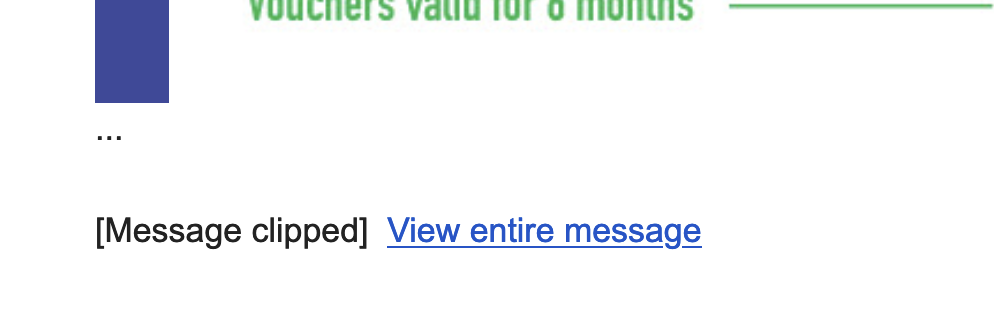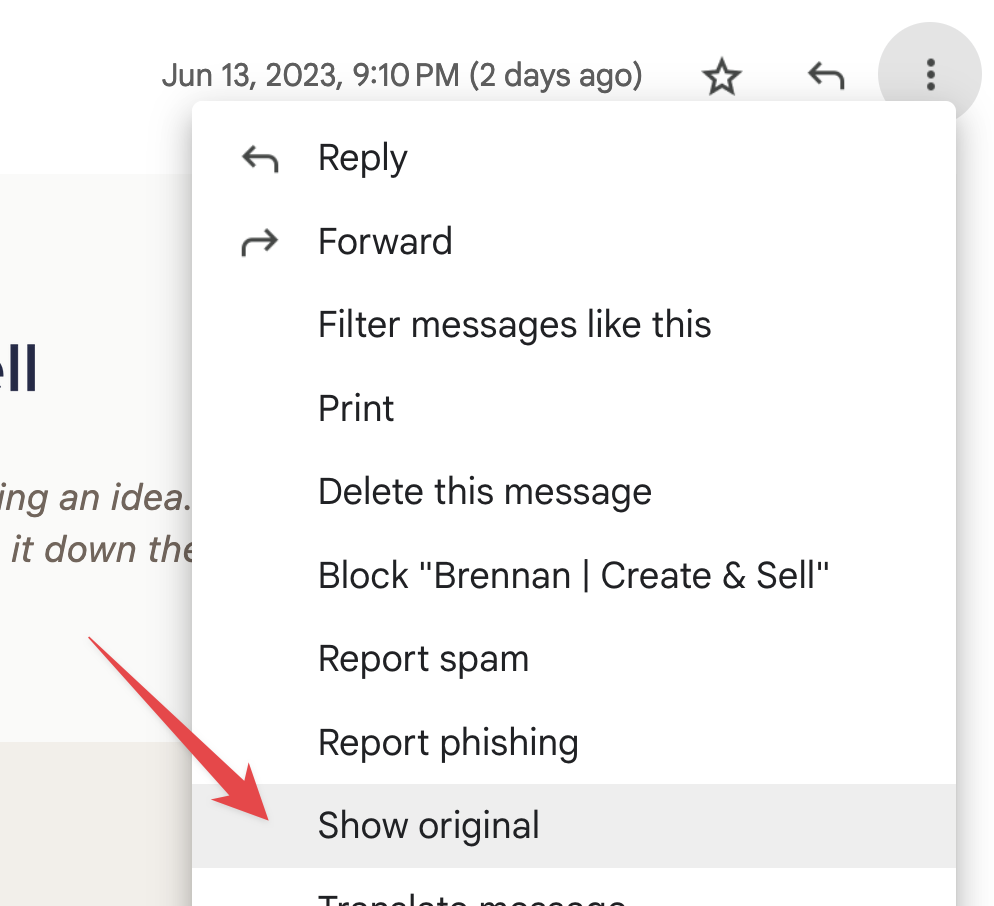Earlier this week, we had a customer cancel their account because “they were not receiving the same performance vs. their previous tool” … this sounded strange to me.
They were on one of our cleanest IPs, had good sending habits, domain had DKIM/SPF/DMARC all setup, and they had a somewhat healthy mailing list.
After I confirmed that it wasn’t a platform issue I turned to their content.
The first thing I noticed when viewing their emails was that they were LONG.
And I mean super long.
Why does this matter?
Email marketing tools, like Bento, add a 1px by 1px image in emails to track them.
Bento, like the majority of providers, adds this to the footer of the email.
An issue with adding it in the footer vs. the header is that when email content is too long the pixel is cut off and never receives a request.
This leads to drastically lower open rates for subscribers that use Gmail (+80% of emails we see in Bento) and perceived performance even though the email might have crushed it.
Here’s an example of our pixel being cut off entirely:

This explained why these recent emails had poor performance but it didn’t explain why their previous provider had better performance than us so I began to dug in.
I signed up with the competitor and sent myself the same email the client had been sending with us.
Once I got it, I clicked “Show original” aka View Source in the email world.

After scanning the HTML I noticed that this competitor was placing the pixel in the header of the email and not in the footer like we were doing with Bento.
This makes comparing the data impossible.
Why does the placement matter?
Emails load top to bottom.
If the open pixel placed before any other content it’ll load instantly. Even for emails that are cut-off like above, they’ll still trigger a request to the pixel.
There’s also another major problem with this.
In our testing, a lot of email clients will prematurely trigger a request to the pixel when they show a notification on iOS or Android — without the user ever opening the email!
This leads to drastically inflated open rates which obviously benefits the email marketing provider as all their customers think they are crushing it when most of them may not have even read the email.
We’ve seen some providers try to game their open metrics by littering their emails with 3x pixels (top, middle, bottom) to juice their metrics and appear as though they are crushing it for their customers.
Whilst most Bento customers know I'm not a fan of the open metric in general it does have some utility in identifying issues and placing it at the top almost nullifies all of those.
In conclusion, tracking pixels are a powerful tool for email marketers, but their implementation can have a significant impact on the accuracy of open rate data.
As we've seen, some providers use dishonest tactics to game their metrics, such as placing pixels in the email header or using multiple pixels to inflate open rates.
At Bento, we believe in transparency and honesty with our customers. Our tracking pixel is placed in the footer of emails, and we do not engage in any tactics to artificially inflate open rates.
We believe that by providing accurate data, we can help our customers make informed decisions and improve their email marketing performance.
If you have any questions about our tracking pixel or email marketing in general, please don't hesitate to reach out to our support team.
We're always here to help!
(PS: The above has a few clues in it for the reason plain text emails always look to perform better than drag and drop/heavily designed emails ... when in fact there may be no difference).
Enjoyed this article?
Get more email marketing tips delivered to your inbox. Join 4,000+ marketers.
No spam, unsubscribe anytime.


